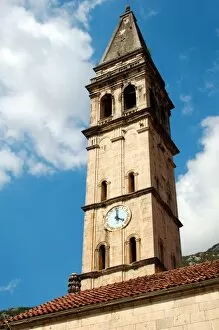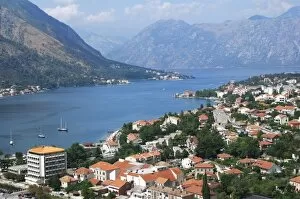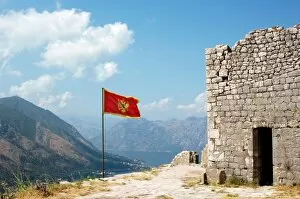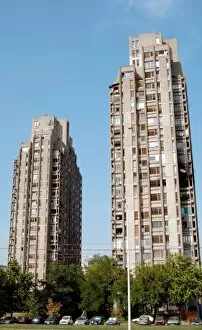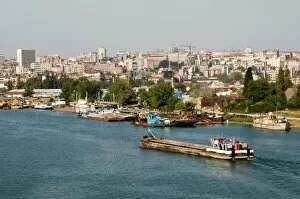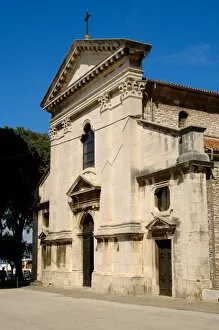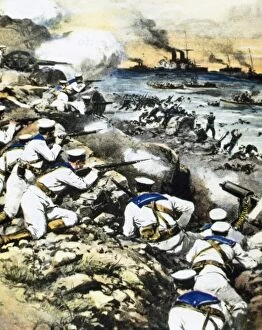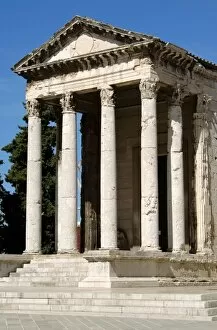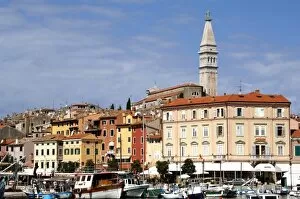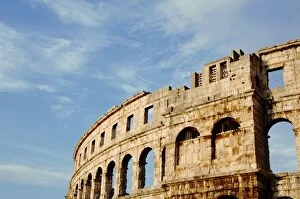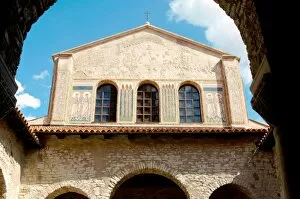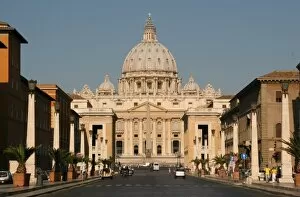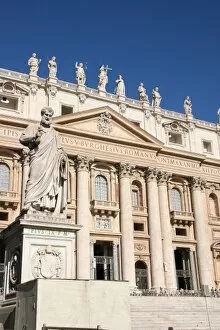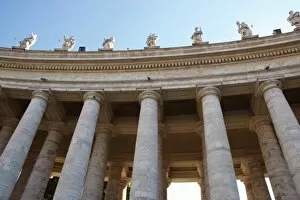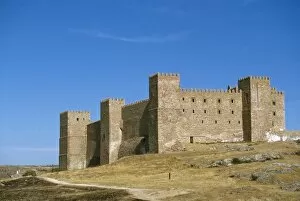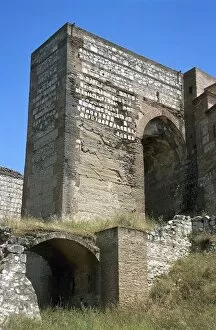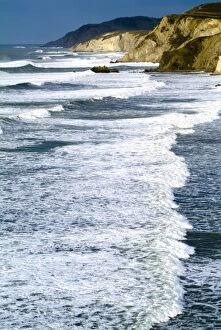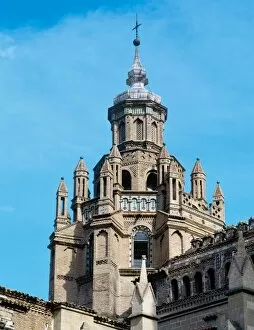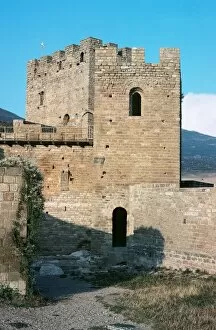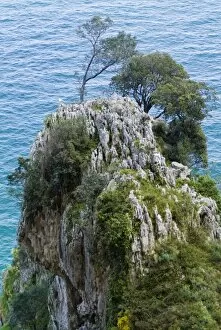Prisma Collection (#24)
"Prisma: Uniting History, Art
For sale as Licensed Images
Choose your image, Select your licence and Download the media
"Prisma: Uniting History, Art, and Science in a Captivating Blend" Step into the world and embark on a journey through time as we explore the captivating blend of history, art, and science. From Michael Wolgemut's masterpiece "The Dance of Death (1493)" to Benjamin Franklin's revolutionary printing press, Prisma takes us back to significant moments that shaped our world. Delve into the pages of Hartmann Schedel's Liber chronicarum and witness the intricate sculptures depicting The Dance of Death. Feel the weight of history as you marvel at these historic treasures that have stood the test of time. As we move forward in time, join Antoine Laurent Lavoisier on his groundbreaking quest to establish the composition of water. This French chemist's discoveries paved the way for modern chemistry and forever changed our understanding of this essential element. Influential figures such as John Calvin during the Protestant Reformation or Paracelsus with his innovative medical theories come alive within Prisma's immersive experience. Discover their profound impact on society and how they shaped our present-day beliefs. Traveling further in time brings us face-to-face with World War I propaganda posters from America's Third Liberty Loan Campaign. Witness firsthand how art was used as a powerful tool to rally support for a nation at war. But it doesn't stop there; immerse yourself in Dionisio Garcia Aguado's enchanting engravings capturing Spanish guitarist and composer extraordinaire. Let your senses be captivated by his melodic compositions echoing through centuries past. And finally, meet Charles XIV John of Sweden - once known as Jean Baptiste Bernadotte - who rose from being a French soldier to becoming King Charles XIV John himself. His remarkable story is one filled with courage, ambition, and an unwavering determination to leave an indelible mark on history.



